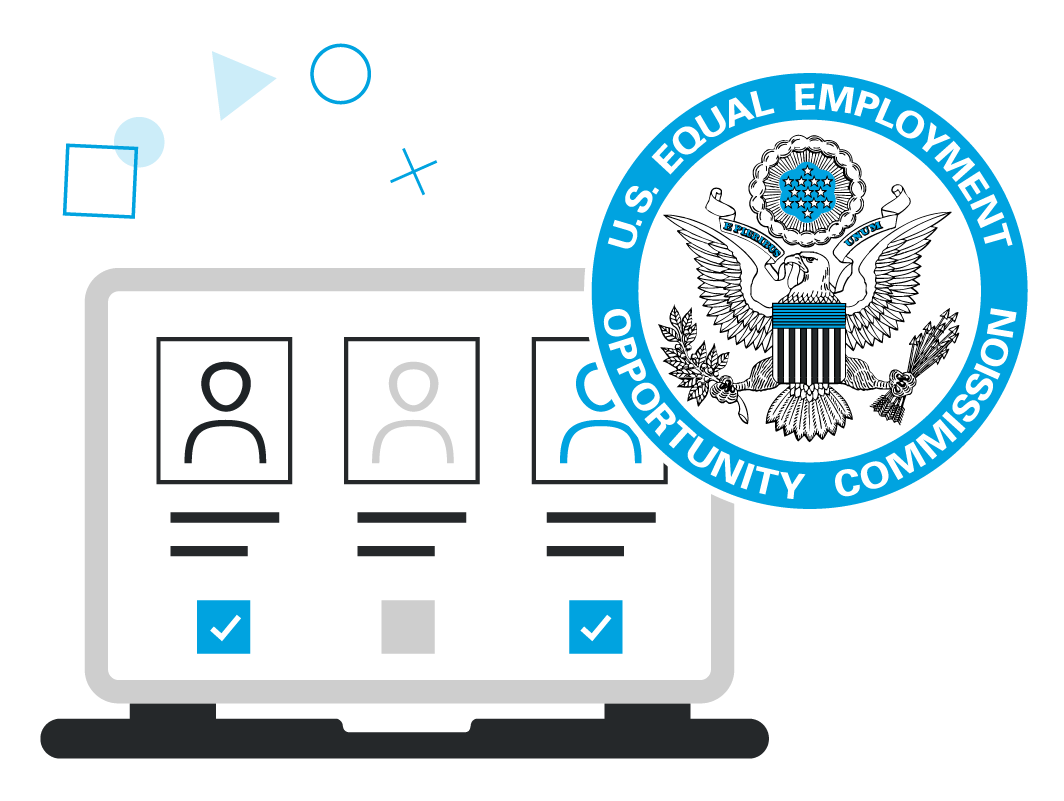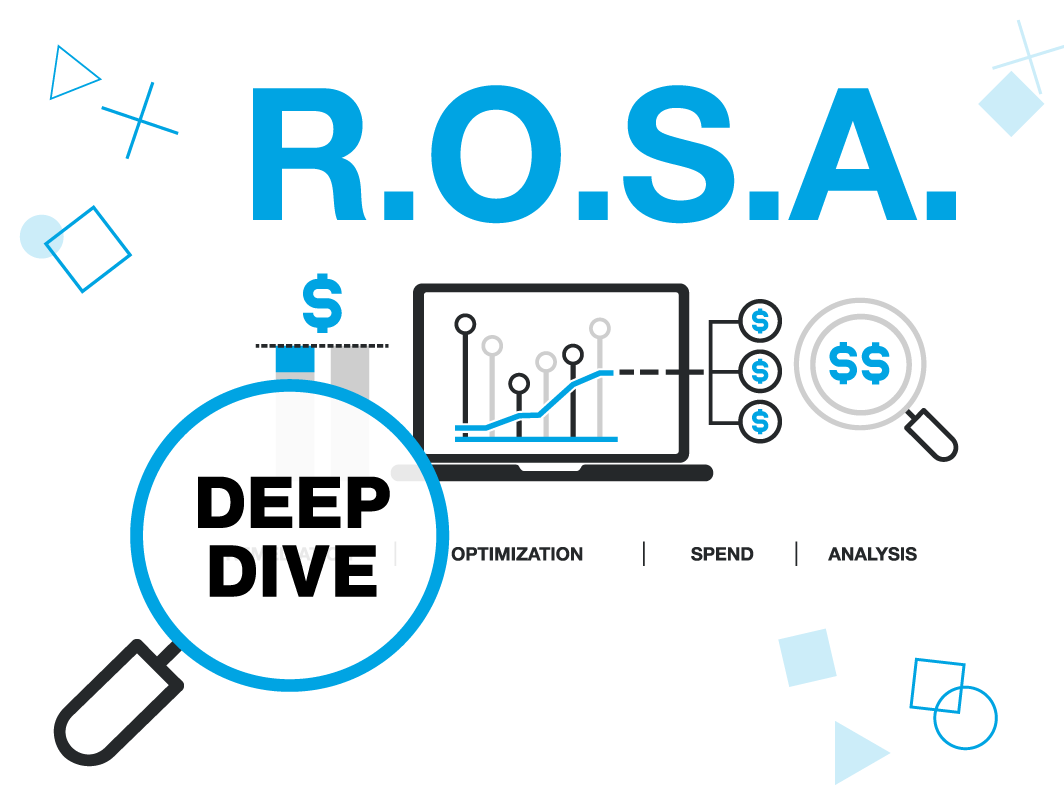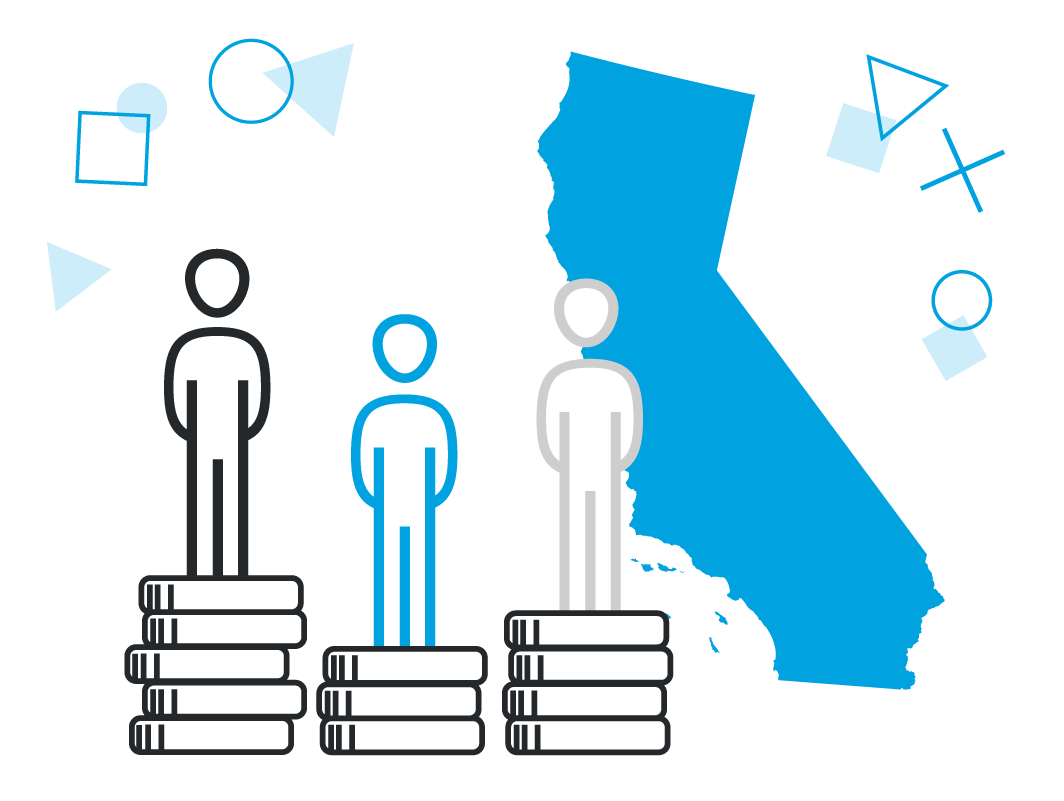
![]()
Canada has struggled to achieve pay equity, but 2023 has seen legislative developments in two key provinces, British Columbia, and Ontario.
Action is urgently needed to ensure workplace fairness and improve labor standards across the country. Here’s why:
- Progress towards narrowing the country’s gender pay gap is described as “glacial”.
- Canada currently sits in 52nd place, out of 146 nations, for “wage equality for similar work”. That’s according to the WEF’s 2023 Global Gender Gap Report. Overall, it sits in 30th place for gender equality, a fall of five places compared to 2022.
- Canada also faces something of a credibility problem among its female workers. One in five Canadian women do not believe the country’s pay gap will ever close.
In this article, we explore pay equity in Canada, and review recent pay transparency legislation updates.
Pay equity in Canada
Canada’s Federal Pay Equity Act is based on the principle of equal pay for work of equal value. Enacted in 2021, it requires federal organizations with more than 10 employees to submit pay equity plans every three years.
The Act also aims to achieve pay equity across four marginalized groups. These are women, Indigenous peoples, people with disabilities, and members of visible minorities. The first plans are due in September 2024. Employers can apply to the Pay Equity Commissioner for an extension if they believe they need more time to compile data.
Pay equity legislation is limited, however, as the Pay Equity Act applies only to federally regulated industries.
Pay equity in the provinces
2023 has seen both Ontario and British Columbia introduce pay transparency laws.
Bill 149: Ontario’s second push for pay transparency legislation
Ontario is struggling with a gender pay gap of 13%. Only 30% of that gap can be explained. The remaining 70% may be the result of gender-based discrimination, and societal factors. Reflecting broader trends, the gap widens for racialized women, newcomer women, women with disabilities, Indigenous women, and trans women.
If passed, Bill 149 would include the following requirements:
Pay transparency: Employers will be required to include compensation, or an expected compensation range, in any publicly advertised job posting. Only 37% of Ontario online job listings currently disclose salary ranges.
Canadian work experience: Bill 149 bans employers from stating a requirement for Canadian work experience in publicly advertised job postings. If passed, Ontario will be the first Canadian province to adopt this legislation, aimed at improving workplace fairness.
Artificial intelligence: In another Canadian first, Bill 149 would also require employers to state if artificial intelligence (AI) is used during hiring.
Wage Protection: Legislation would also prohibit the use of unpaid trial shifts and provide methods of paying tips and gratuities to employees. Further, employers would not be able to deduct wages if customers leave restaurants or gas stations without paying.
Bill 149 is not Ontario’s first attempt to introduce pay transparency legislation. In May 2018, its then Liberal Government passed the Pay Transparency Act, 2018, effective from January 1, 2019. In the intervening period, a newly elected Conservative Party indefinitely postponed the Act.
Ontario’s proposed pay transparency requirements are similar to those of BC, however, they do not include a salary history ban. Nor are they as extensive as the 2018 Pay Transparency Act. They do, however, represent a big step forward in Ontario’s commitment to improve labor standards.
Pay transparency in British Columbia
Facing a 17% pay gap, British Columbia (BC) has acted to reduce gender-based discrimination. BC’s Pay Transparency Act, Bill 13, became effective on May 11, 2023, with an immediate salary history ban. From November 1, employers are required to include salary information in job listings and submit annual pay transparency reports.
At present, Bill 13 is an opt-in model, which is expected to change following the appointment of a Director of Pay Transparency.
Pay transparency across Canada
The following statistics below reveal some of the challenges in closing Canada’s gender pay gap and promoting workplace fairness:
- Gender pay gaps vary significantly across the provinces, from 4% in Prince Edward Island, to 17% in British Columbia and Alberta.
- Data from the Business Council of Alberta paints a different picture, suggesting a wage gap in the province of 28%. Canada’s federal Pay Equity Act applies to covered employers in Alberta. Unlike BC, however, Alberta has no pay transparency laws in place, nor any plans to address pay equity.
- Six of Canada’s 14 jurisdictions have adopted pay transparency laws, but not all are in effect. Proposed legislation in Manitoba and Saskatchewan has been rejected.
- Canada’s Federal Pay Equity Act doesn’t apply to the governments of Yukon, the Northwest Territories and Nunavut.
Effective pay equity strategies
Be proactive on pay equity: Benefits Canada calls for employers to take proactive steps on pay equity, rather than wait for legislation to force action. Prioritizing flexibility and pay transparency are two strategies every organization can embrace now. As we always say, pay equity is not just good for business, it is the right thing to do.
Conduct a pay equity analysis: An intersectional perspective on the Canadian gender wage gap highlights the complexities surrounding pay equity. Pay equity software like Trusaic PayParity carries out a pay equity audit at the intersection of factors such as gender, race/ethnicity, age, disability, and more. Pay equity software can also identify factors behind pay disparities, such as systemic bias.
Create compliant templates for job listings: Learn how to create fair salary ranges for your job listings to ensure workplace fairness. Trusaic Salary Range Finder® overlays internal audit data with external labor market data. Equitable salary ranges are determined by combining the two data points.
Review all use of AI: If successful, other provinces may follow Ontario’s lead on AI, but concern over AI is a wider trend. Automated employment decision tools (AEDTs), including pay equity software, face global scrutiny. In addition to the EU’s proposed AI Act, labor-market impacts of AI are under review in the US following President Biden’s AI Executive Order.
Implement a pay equity strategy in your company. Speak to one of our experts today.



